-
Celebrity architect Rem Koolhaas defined “bigness” in his manifesto “Delirious New York”. He says that, thanks to recent building techniques and rapid mechanical movement with lifts, we are able to imagine bigger. We have the ability to build buildings so huge that they are not tied to the city that surrounds them and are themselves independent systems.
-
Without making a moral judgement, the emergence of bigness has allowed us to bring into the world buildings that are out of the ordinary and infrastructure that is exceptional. By their sheer size, technical challenges or ambitions, these structures have pushed the limits of what’s possible, stirring up both abhorrence and admiration. Amongst the hundreds of works that represent bigness, we present here a selection of projects that are particularly emblematic or innovative.
The bridges of the Middle Kingdom
If you’re looking for record-breaking bridges, Asia is where you’ll find them. Most of the world’s longest and highest bridges are found in China.
At 164.8 km, the Danyang–Kunshan Grand Bridge (which is mainly a viaduct) breaks all the records. Today, this bridge holds the high-speed rail line linking Shanghai to Beijing and allows trains to bypass flood areas.
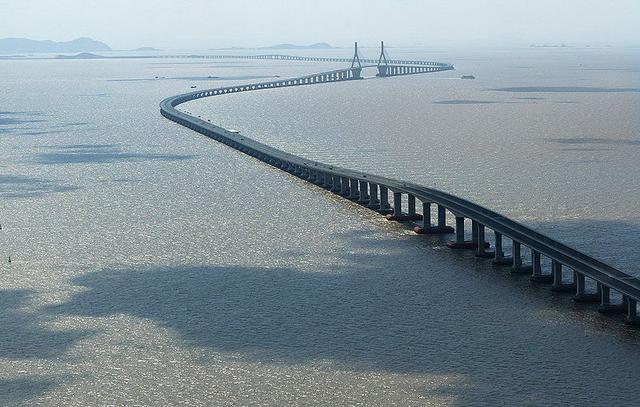 Source : twoeggz
Source : twoeggzThe shorter but undoubtedly more impressive Hong Kong–Zhuhai–Macau Bridge is 55 kilometres of technical wizardry. Opened in 2018, this bridge is supported by a 420,000 t steel superstructure. Two artificial islands cut the bridge at its centre, allowing it to plunge under the sea for 6.7 km! Each day, nearly 40,000 vehicles cross this masterpiece of a bridge.
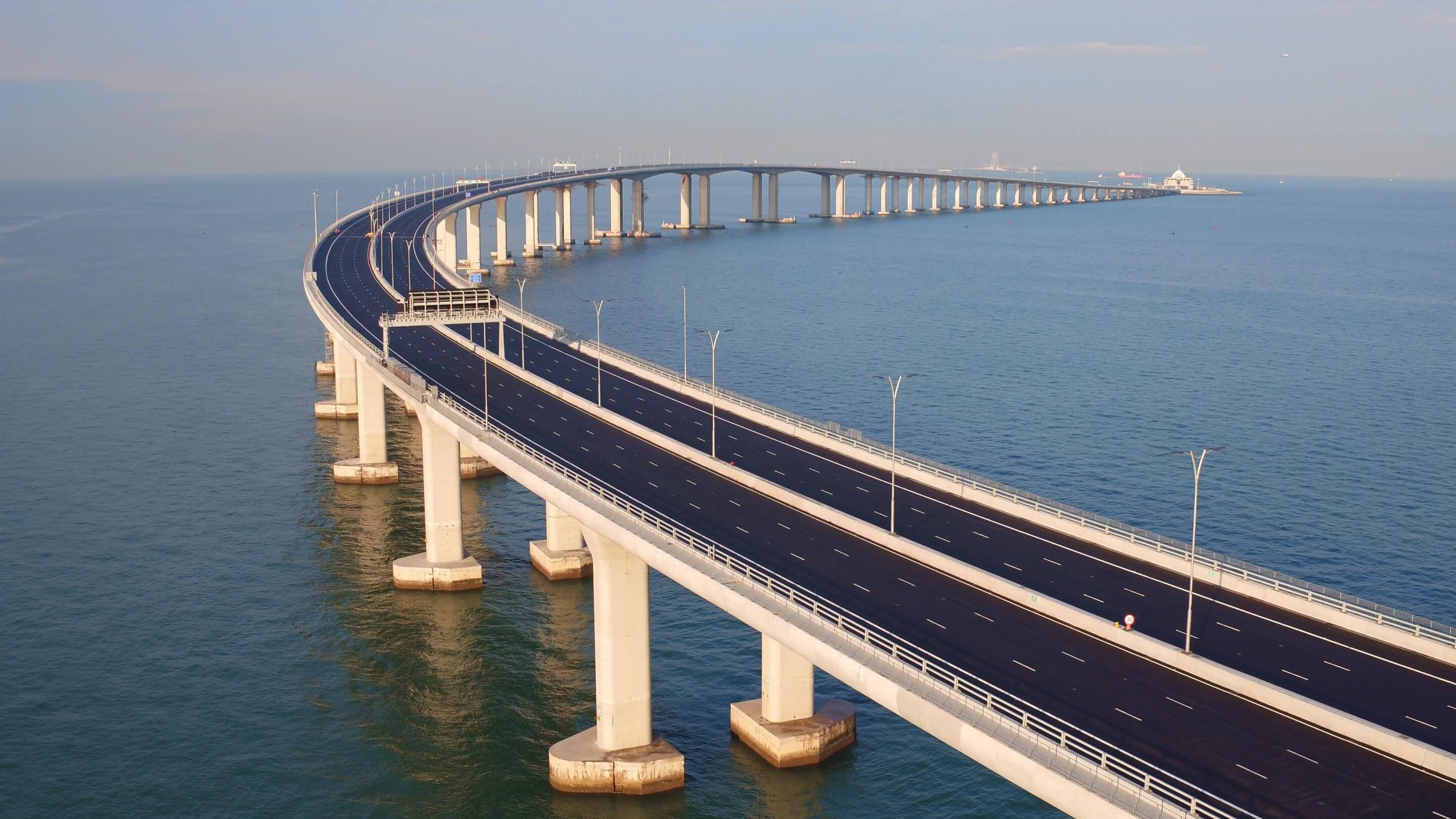 Source : Business Wire
Source : Business WireOn the vertical scale, the Beipanjiang Bridge takes the prize for the highest bridge, crossing a gorge that is 565 m deep.
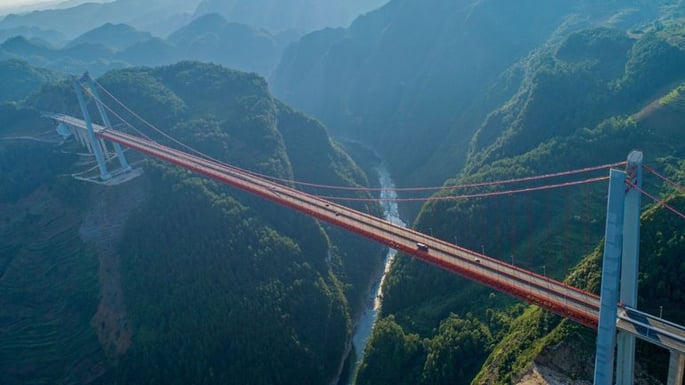 Source: Liang Pei - ISOPIX
Source: Liang Pei - ISOPIXHowever, France is where you’ll find the tallest pile/pylon construction in the world; at 343 m above ground, the P2 pylon of the Millau Viaduct beats the Eiffel Tower by 19 m!
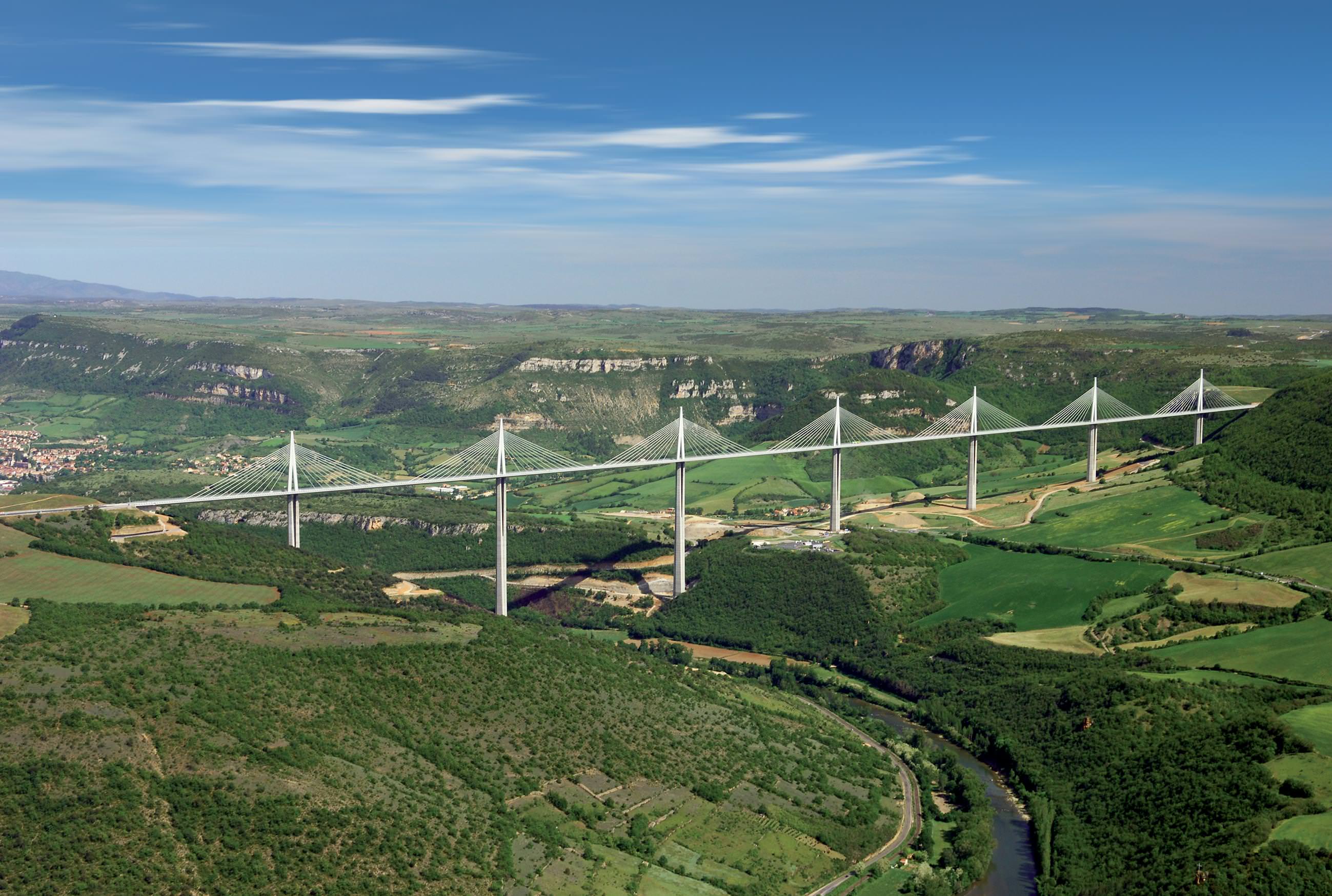 Source : CEVM
Source : CEVMSkyscrapers and biomimicry
When it comes to skyscrapers, what often comes to mind is the mad drive to reach greater heights. In this little race, it’s the famous Burj Khalifa that takes the lead at 828 m. Creating this iconic Dubai structure required 330,000 m3 of concrete, 39,000 t of steel and 142,000 m2 of glass. In all, 22 million hours of work were put into the construction of the world’s tallest building, many in very difficult conditions…
.jpg?width=525&name=Burj-portrait-lagre_tcm25-475749-min%20(1).jpg) Source photo : Guinness des records
Source photo : Guinness des recordsIn response to these excessive means, some architects are trying to instil a more natural vision for construction while yielding results that are just as spectacular. In London, 30 St Mary Axe, often nicknamed “The Gherkin”, doesn’t come close to reaching the heights of its taller counterparts.
-
The secrets of this 180 m tower are instead hidden in its structure, which imitates the skeleton of a sea sponge. This biomimetic shape is very resistant and also allows for better light distribution and optimal usage of wind for ventilation!
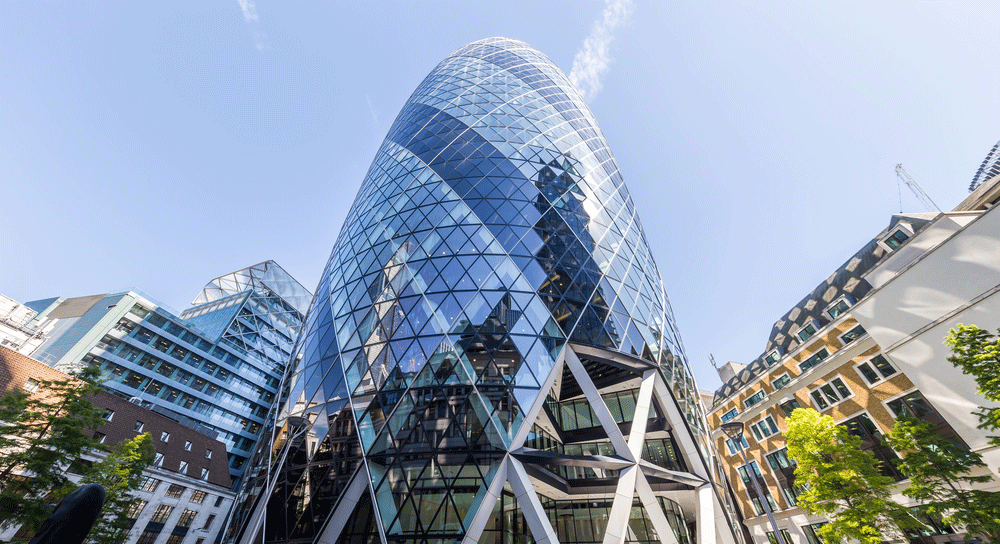 Source : Watson & Sole
Source : Watson & SoleInspired by nature
Beyond structures and construction processes, nature is also the primary aesthetic inspiration for architects. Still under construction, Gaudí’s Sagrada Família is a flamboyant example of this inspiration. Once completed, this basilica will reach a height of 170 m and hold 14,000 people. The Sagrada Família also holds the record for the longest-running construction job: having started in 1882, construction is expected to be completed in 2026!
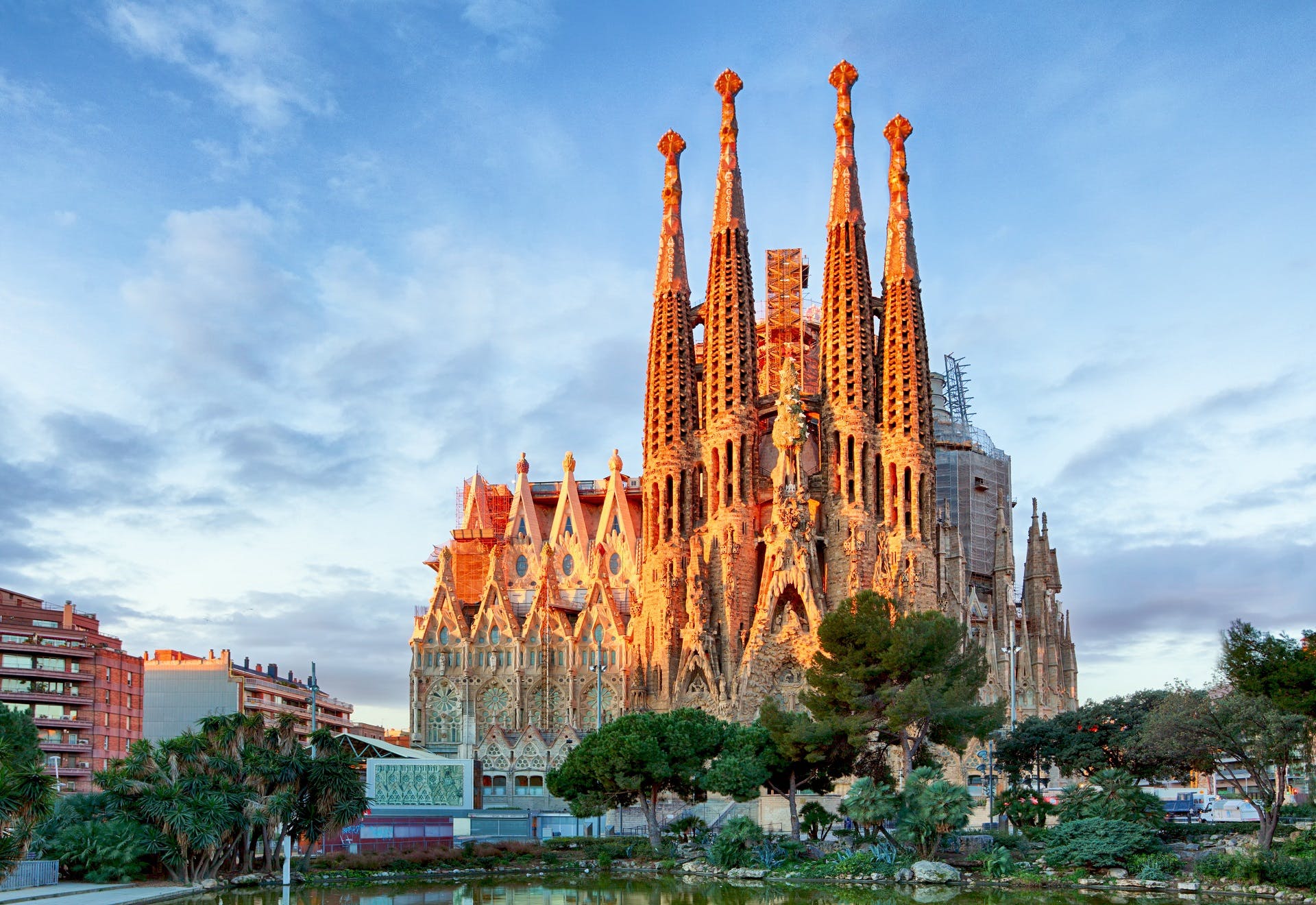 Source : musement
Source : musementA more modern example, Beijing’s National Stadium, even shows its nature-based inspiration with its nickname, “the Bird’s Nest”. This gigantically-proportioned nest needed 36 km of metal beams to form its distinctive shape.
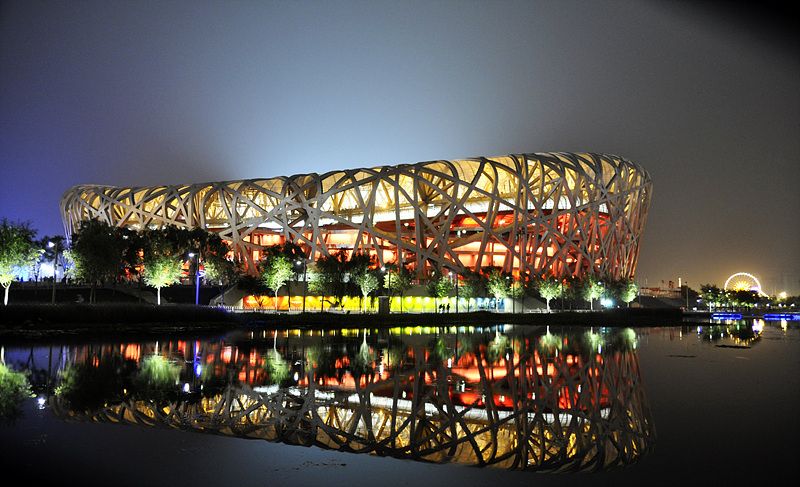 Source : info stades
Source : info stadesWhile wood doesn’t allow for reaching the same heights, it too has its share of innovation. Today, wood frames give us the ability build on large scales while springing up in iconic structures. The Swatch headquarters in Biel/Bienne, Switzerland was envisioned by Shigeru Ban and without doubt fits into this category.
4,600 beams shape this nearly 11,000 m2 “snake”, designed and assembled with the precision of a watchmaker.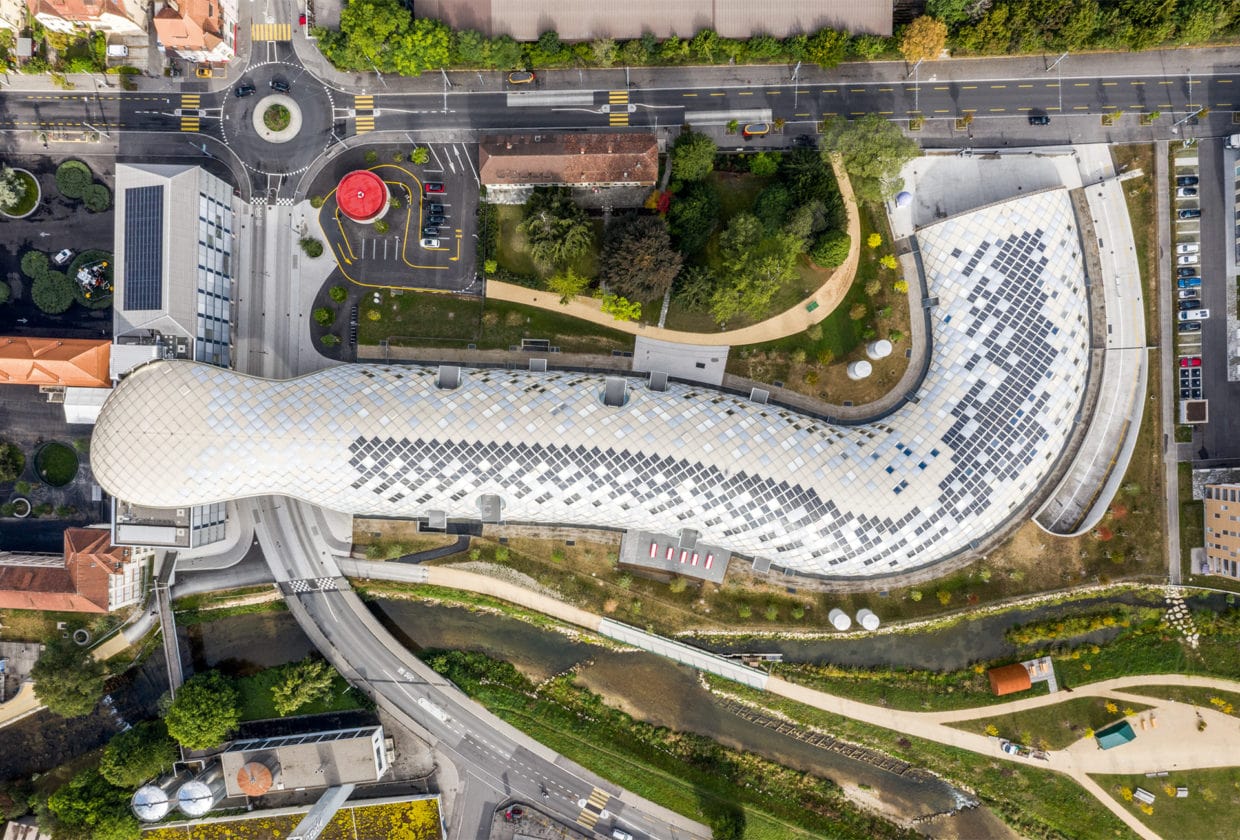 Source : journal haute horlogerie
Source : journal haute horlogerie






